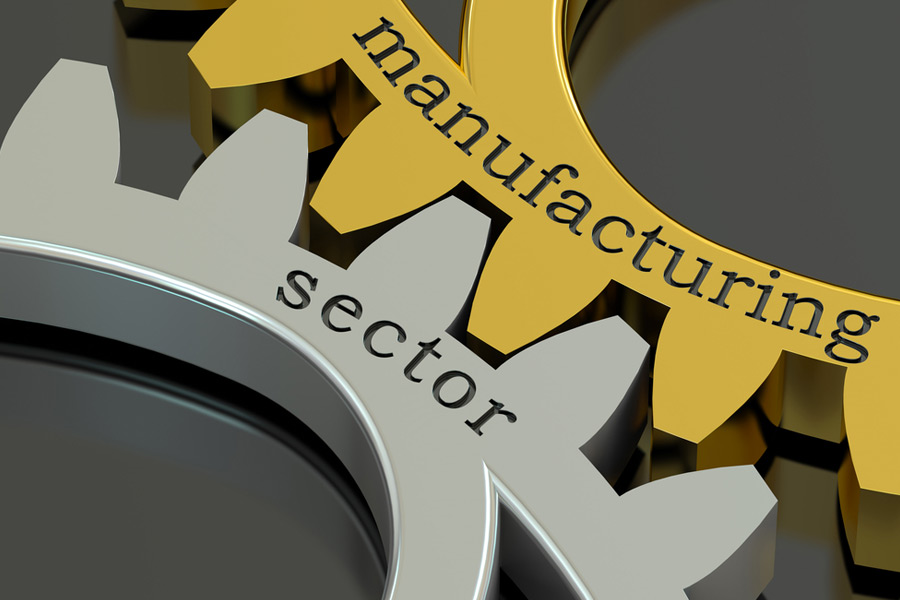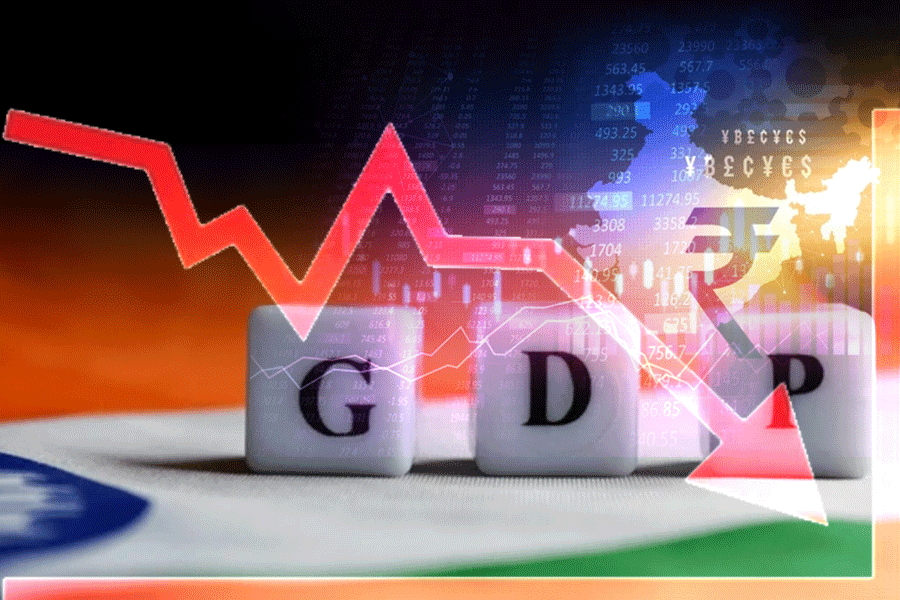India's manufacturing sector growth fell to a joint 11-month low of 56.5 in November, restricted by competitive conditions and inflationary pressures amid a softer increase in factory orders, a monthly survey said on Monday.
The seasonally adjusted HSBC India Manufacturing Purchasing Managers’ Index (PMI) fell from 57.5 in October to 56.5 in November, signalling a softer improvement in the health of the sector. However, the pace of growth remained above its long-run average.
In PMI parlance, a print above 50 means expansion, while a score below 50 denotes contraction.
"India recorded a 56.5 manufacturing PMI in November, down slightly from the prior month, but still firmly within expansionary territory," Pranjul Bhandari, Chief India Economist at HSBC said.
Bhandari further noted that strong broad-based international demand, evidenced by a four-month high in new export orders, fuelled the Indian manufacturing sector's continued growth. At the same time, however, the rate of output expansion is decelerating due to intensifying price pressures.
On the domestic macroeconomic front, the latest government data released on Friday showed India's economic growth slowed to a near two-year low of 5.4 per cent in the July-September quarter of this fiscal due to poor performance of manufacturing and mining sectors as well as weak consumption.
According to the survey, the expansion in sales and output in the manufacturing sector during November was largely supported by positive demand trends, though firms indicated that growth was somewhat restricted by competitive conditions and price pressures.
"Goods producers experienced a weaker, albeit still robust, upturn in new business intakes during November," the survey said, adding that growth was "stymied by fierce competition and price pressures".
On the price front, Indian goods producers increased their selling prices to the greatest extent since October 2013. Survey participants suggested that additional outlays on freight, labour and materials had been shared with clients.
"Input prices for a variety of intermediate goods — including chemicals, cotton, leather, and rubber — rose in November, while output prices soared to an 11-year high as rising input, labour, and transportation costs were passed on to consumers," Bhandari said.
India's retail inflation soared to a 14-month high of 6.21 per cent in October --above the RBI's tolerance band, mainly on account of rising food prices. It was 5.49 per cent in September.
The RBI, which is mandated by the government to contain inflation at 4 per cent (+/- 2 per cent) has projected retail inflation to be 4.5 per cent in the current fiscal year.
Although price pressures curbed domestic sales to a certain extent, the growth of new export orders gained momentum.
"The rate of expansion in international demand was the best seen for four months, with panellists reporting gains from Bangladesh, mainland China, Colombia, Iran, Italy, Japan, Nepal, the UK and the US," the survey said.
With demand conditions remaining favourable, Indian manufacturers continued to scale up production. Accordingly, for the ninth month in a row, factory employment in India increased during November.
Going ahead, business optimism has increased by predictions that marketing efforts and new product releases will bear fruit. Recent capacity expansion efforts and forecasts of demand strength also underpinned upbeat forecasts for output in 2025.
The HSBC India Manufacturing PMI was compiled by S&P Global from responses to questionnaires sent to purchasing managers in a panel of around 400 manufacturers.
Except for the headline, this story has not been edited by The Telegraph Online staff and has been published from a syndicated feed.











